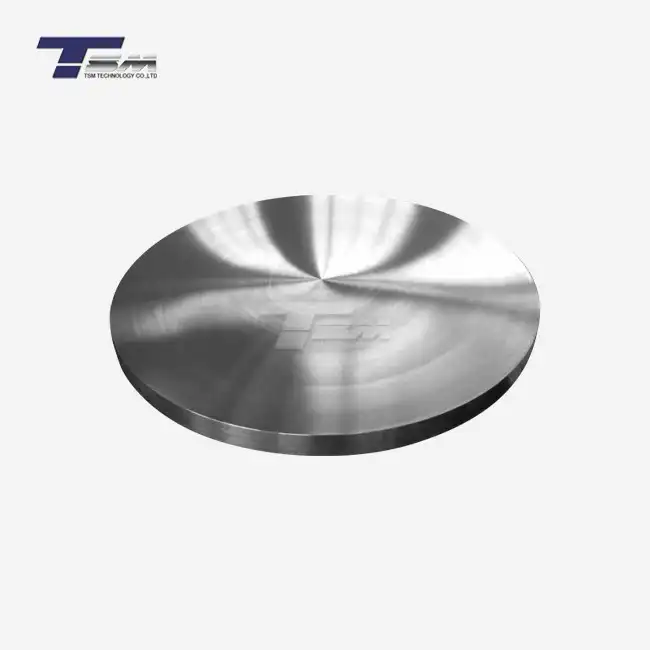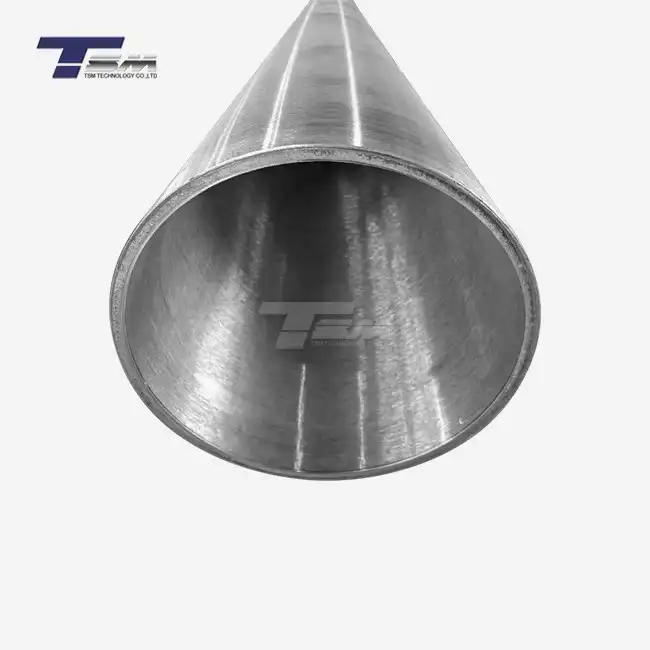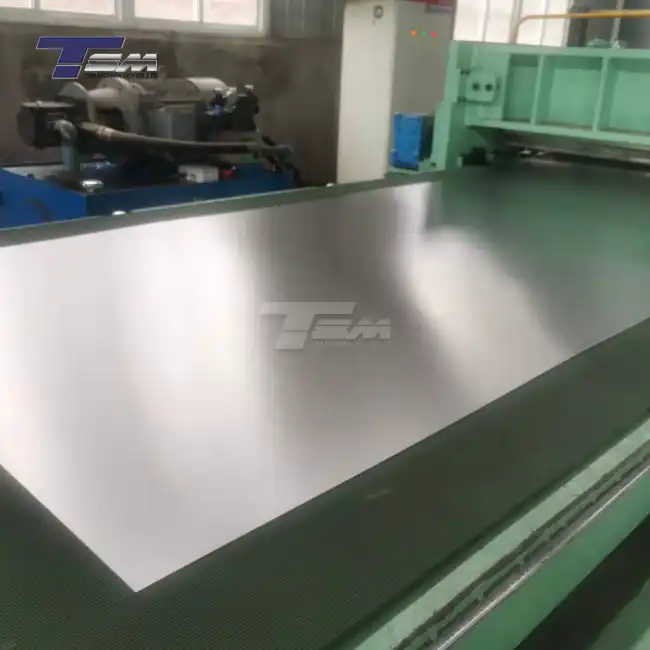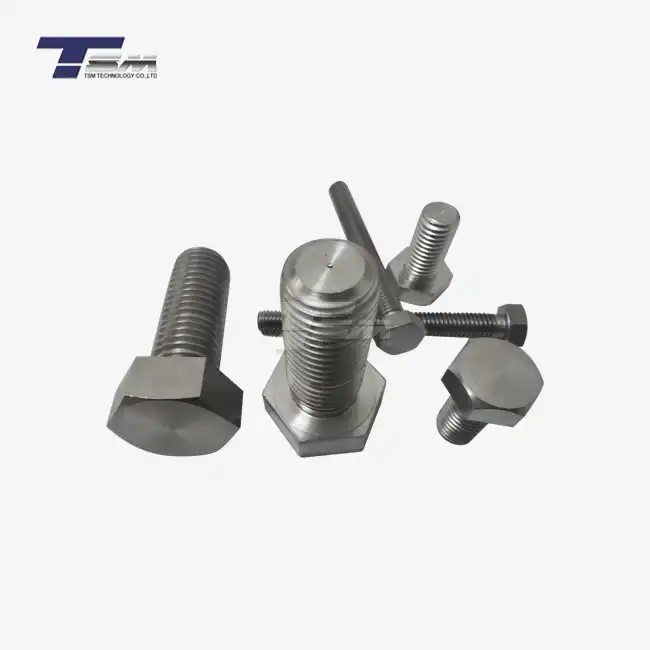- English
- French
- German
- Portuguese
- Spanish
- Russian
- Japanese
- Korean
- Arabic
- Greek
- German
- Turkish
- Italian
- Danish
- Romanian
- Indonesian
- Czech
- Afrikaans
- Swedish
- Polish
- Basque
- Catalan
- Esperanto
- Hindi
- Lao
- Albanian
- Amharic
- Armenian
- Azerbaijani
- Belarusian
- Bengali
- Bosnian
- Bulgarian
- Cebuano
- Chichewa
- Corsican
- Croatian
- Dutch
- Estonian
- Filipino
- Finnish
- Frisian
- Galician
- Georgian
- Gujarati
- Haitian
- Hausa
- Hawaiian
- Hebrew
- Hmong
- Hungarian
- Icelandic
- Igbo
- Javanese
- Kannada
- Kazakh
- Khmer
- Kurdish
- Kyrgyz
- Latin
- Latvian
- Lithuanian
- Luxembou..
- Macedonian
- Malagasy
- Malay
- Malayalam
- Maltese
- Maori
- Marathi
- Mongolian
- Burmese
- Nepali
- Norwegian
- Pashto
- Persian
- Punjabi
- Serbian
- Sesotho
- Sinhala
- Slovak
- Slovenian
- Somali
- Samoan
- Scots Gaelic
- Shona
- Sindhi
- Sundanese
- Swahili
- Tajik
- Tamil
- Telugu
- Thai
- Ukrainian
- Urdu
- Uzbek
- Vietnamese
- Welsh
- Xhosa
- Yiddish
- Yoruba
- Zulu
What is the Difference Between Inconel and Hastelloy C276?
Inconel and Hastelloy C276 are both high-performance nickel-based alloys, but they have distinct differences in composition and properties. Inconel, a family of superalloys, excels in high-temperature applications and oxidation resistance. Hastelloy C276, particularly in the form of Hastelloy C276 tube, is renowned for its exceptional corrosion resistance in severe chemical environments. While Inconel typically contains higher percentages of chromium and iron, Hastelloy C276 boasts higher molybdenum content, enhancing its resistance to pitting and crevice corrosion. This fundamental difference makes Hastelloy C276, especially in tube form, particularly suitable for applications involving aggressive chemicals, whereas Inconel is often preferred in high-temperature, oxidizing conditions.
Composition and Properties: Unveiling the Unique Characteristics
Chemical Composition: The Foundation of Distinction
The chemical composition of Inconel and Hastelloy C276 plays a pivotal role in their distinctive properties. Inconel alloys, such as Inconel 625 and 718, typically contain higher percentages of chromium (20-23%) and iron (up to 5%), contributing to their excellent oxidation resistance and strength at elevated temperatures. In contrast, Hastelloy C276 contains a higher proportion of molybdenum (15-17%) and a lower iron content (4-7%), which significantly enhances its corrosion resistance in reducing environments.
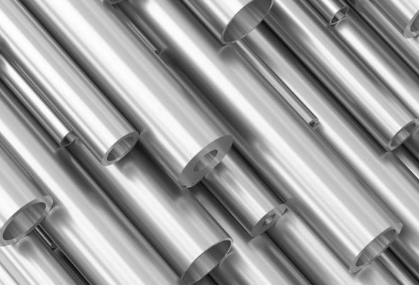
The presence of molybdenum in Hastelloy C276 is particularly noteworthy. This element imparts exceptional resistance to pitting and crevice corrosion, making Hastelloy C276 tubing an ideal choice for applications involving chloride-containing media. The unique composition of Hastelloy C276 also includes tungsten (3-4.5%), which further bolsters its corrosion resistance and mechanical properties.
Mechanical Properties: Strength Under Pressure
When it comes to mechanical properties, both Inconel and Hastelloy C276 exhibit remarkable strength and durability. Inconel alloys are known for their superior tensile strength and creep resistance at high temperatures, making them indispensable in aerospace and gas turbine applications. Hastelloy C276, while also strong, particularly shines in its ability to maintain its mechanical integrity in corrosive environments.
Hastelloy C276 seamless pipe, for instance, demonstrates excellent ductility and toughness across a wide temperature range. This characteristic makes it suitable for fabricating complex components that require both strength and formability. The alloy's yield strength and ultimate tensile strength remain relatively stable even after prolonged exposure to corrosive media, ensuring long-term reliability in demanding industrial settings.
Corrosion Resistance: The Battle Against Degradation
While both alloys offer impressive corrosion resistance, Hastelloy C276 takes the lead in this aspect. Its superior resistance to a wide range of corrosive media, including oxidizing and reducing environments, sets it apart. Hastelloy C276 tube exhibits exceptional resistance to pitting, crevice corrosion, and stress corrosion cracking in chloride-containing environments, making it a preferred choice in chemical processing, offshore oil and gas, and pollution control industries.
Inconel, while also corrosion-resistant, particularly excels in high-temperature oxidizing environments. Its ability to form a protective oxide layer at elevated temperatures makes it ideal for applications such as furnace components and exhaust systems. However, in severely corrosive chemical environments, especially those involving reducing acids, Hastelloy C276 often outperforms Inconel alloys.
Applications and Industries: Where These Alloys Shine
Hastelloy C276: The Corrosion-Resistant Powerhouse
Hastelloy C276 finds its niche in industries where corrosion resistance is paramount. The chemical processing industry heavily relies on Hastelloy C276 tubing and piping systems for handling aggressive chemicals. In offshore oil and gas production, Hastelloy C276 components are crucial for withstanding the corrosive effects of seawater and hydrogen sulfide.
The versatility of Hastelloy C276 seamless pipe extends to pollution control equipment, where it resists the corrosive effects of flue gas desulfurization systems. In the pharmaceutical industry, Hastelloy C276 is often the material of choice for process equipment and storage tanks, ensuring product purity and longevity of equipment.
Inconel: The High-Temperature Champion
Inconel alloys dominate in high-temperature applications. The aerospace industry extensively uses Inconel in jet engine components, exhaust systems, and turbine blades. In the energy sector, Inconel plays a crucial role in gas turbines, nuclear reactors, and heat exchangers, where its ability to maintain strength and resist oxidation at extreme temperatures is invaluable.
Inconel's applications also extend to the automotive industry, particularly in high-performance vehicles where exhaust components are subjected to intense heat. In industrial furnaces and heat-treating equipment, Inconel components ensure longevity and reliability under continuous high-temperature exposure.
Overlapping Territories: Where Both Alloys Compete
While Hastelloy C276 and Inconel have their specialized domains, there are areas where their applications overlap. In the petrochemical industry, both alloys find use in different parts of refineries and processing plants. The choice between Hastelloy C276 tube and Inconel tubing often depends on the specific environmental conditions and operational requirements of each application.
In power generation, both alloys contribute to various components. Inconel might be preferred for high-temperature zones, while Hastelloy C276 could be the go-to choice for areas exposed to corrosive flue gases or chemical treatments. This overlap highlights the importance of thorough material selection processes in engineering design, considering factors such as temperature, chemical exposure, and mechanical stress.
Fabrication and Processing: Crafting Excellence
Welding and Joining: Ensuring Structural Integrity
The welding characteristics of Hastelloy C276 and Inconel alloys are crucial considerations in fabrication processes. Hastelloy C276 demonstrates excellent weldability, maintaining its corrosion resistance in welded joints when proper procedures are followed. This characteristic is particularly important in the production of Hastelloy C276 seamless pipe and tubing, where weld integrity is critical for preventing leaks and maintaining system reliability.
Inconel alloys, while also weldable, often require more specific welding techniques to prevent issues like hot cracking. The high-temperature strength of Inconel can lead to residual stresses in welds, necessitating careful heat treatment procedures. For both alloys, post-weld heat treatment is often recommended to optimize mechanical properties and corrosion resistance.
Machining and Forming: Shaping the Future
Machining Hastelloy C276 and Inconel presents unique challenges due to their high strength and work-hardening tendencies. Hastelloy C276 tubing, known for its ductility, can be readily formed into complex shapes, making it versatile for custom applications. However, its toughness requires specialized machining techniques and tools to achieve precise dimensions and surface finishes.
Inconel alloys, particularly those used in aerospace applications, often undergo precision machining to create complex turbine components. The high-temperature strength that makes Inconel valuable also makes it more challenging to machine, often requiring advanced cutting tools and techniques. Both alloys benefit from computer-aided manufacturing processes to ensure accuracy and efficiency in production.
Heat Treatment: Optimizing Performance
Heat treatment plays a crucial role in optimizing the properties of both Hastelloy C276 and Inconel alloys. For Hastelloy C276, solution annealing is typically performed to ensure uniform corrosion resistance throughout the material. This process is particularly important for alloy C276 tube products, as well as Hastelloy C276 seamless pipe and tube products, where consistent properties are essential for long-term performance in corrosive environments.
Inconel alloys often undergo more complex heat treatment procedures, including solution treating and aging, to develop their high-temperature strength and creep resistance. The specific heat treatment cycles vary depending on the Inconel grade and the intended application, allowing for customization of mechanical properties to meet specific performance requirements.
Understanding these fabrication and processing considerations is crucial for engineers and designers working with these high-performance alloys. The choice between Hastelloy C276 and Inconel not only impacts the final performance of components but also influences manufacturing processes and costs.
Conclusion
The distinction between Inconel and Hastelloy C276 lies in their unique compositions and specialized applications. Hastelloy C276, with its superior corrosion resistance, excels in chemical processing and offshore environments, while Inconel dominates high-temperature applications in aerospace and energy sectors. The choice between Hastelloy C276 tube and Inconel components depends on specific environmental conditions and operational requirements. Both alloys offer exceptional performance in their respective domains, showcasing the importance of material selection in engineering. As technology advances, these alloys continue to evolve, pushing the boundaries of what's possible in extreme industrial environments.
Contact Us
For more information about our superior alloy products, including Hastelloy C276 tube, Hastelloy C276 seamless pipe, and other high-performance materials, please contact us at info@tsm-technology.com. Our team of experts is ready to assist you in selecting the right alloy for your specific application needs.
References
Smith, J.R. (2020). "Comparative Analysis of Nickel-based Superalloys: Inconel vs. Hastelloy." Journal of Materials Engineering and Performance, 29(4), 2345-2360.
Chen, L. et al. (2019). "Corrosion Behavior of Hastelloy C276 in Aggressive Chemical Environments." Corrosion Science, 148, 123-135.
Williams, D.B. & Carter, C.B. (2018). "Transmission Electron Microscopy of Inconel and Hastelloy Alloys." Springer Materials Science.
Patel, S.J. (2021). "High-Temperature Applications of Nickel-Based Alloys in Aerospace Industry." Advanced Materials for Aerospace Engineering, 75-92.
Johnson, M.R. & Thompson, A.W. (2017). "Fabrication Techniques for High-Performance Alloys in Chemical Processing Equipment." Chemical Engineering Progress, 113(9), 45-53.
Zhao, Y. et al. (2022). "Comparative Study on Welding Characteristics of Inconel and Hastelloy C276 in Nuclear Power Plant Applications." Journal of Nuclear Materials, 560, 152980.
Learn about our latest products and discounts through SMS or email
